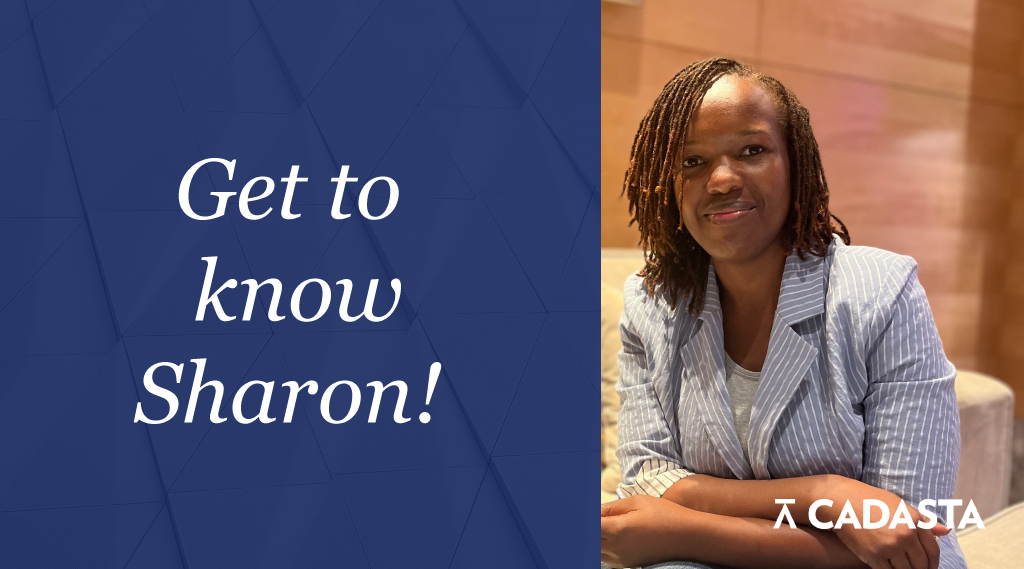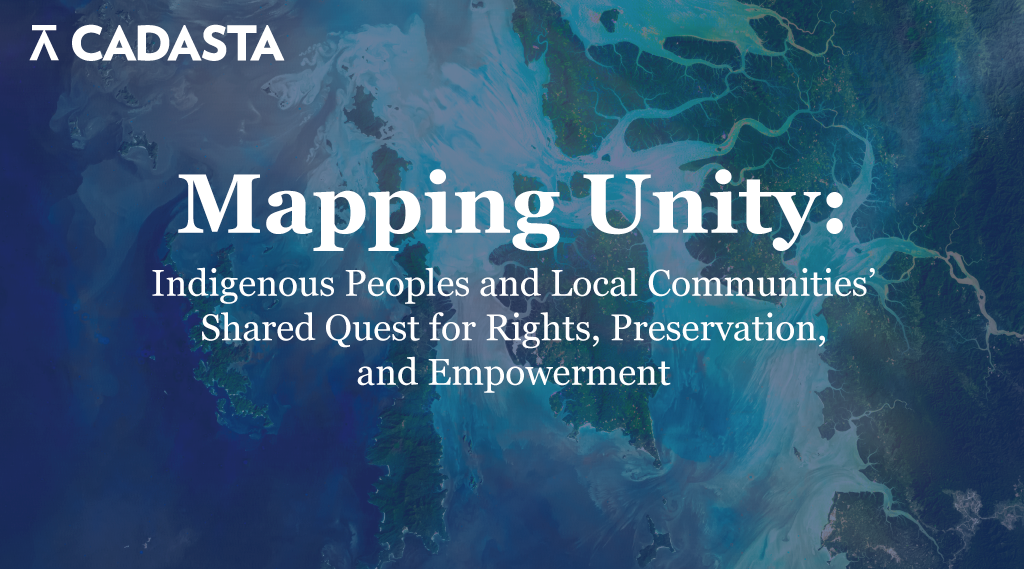The Theory
When we set out to build Cadasta in 2015, our goal was to make it easier than ever to digitize and modernize the land and property rights documentation process. With many parts of the world lacking a fully digital and easily accessible database of land and property rights, most land and property rights documents, when they exist, are archived on paper or kept within communities.
My goal as a software developer is to improve the way land and property rights data is captured, managed, and accessed. To do so, we work with NGO partners and communities to digitally collect data using various tools, including smartphones. Once the data is collected and captured using smartphones, it is stored, managed, and edited using web-based applications which can be accessed by trained staff in the partner’s offices. Access and permissions to edit information are granted through a secure permission system which allows the account administrator to determine who can access and interact with the recorded land rights data.
Our goal as an organization is to create a platform that allows our partners to gradually create comprehensive digital dataset of land and property rights. This allows the data to be queried by both partner staff and community members to determine who holds claim to the land and who has rights to access it.

The Practice
During a recent trip to Bhubaneswar, India, I was able to observe first-hand how data is collected, reviewed, and finalised on a large-scale project with several different parties involved. On this trip, my colleague and I visited our partner Tata Trusts, which is working with the local government and communities on the Odisha Liveable Habitat Mission to grant property rights to more than 500,000 people living in informal settlements in Odisha state.
The project is targeting an area roughly the size of Bangladesh and aims to grant official occupancy rights to the residents of 1,000 different slums. Due to the size of the project, Tata Trusts has partnered with a number of local NGOs to garner community buy-in and recruit data collection teams from the community— with more than 400 data collectors active to date. The extensive involvement of the community is a good thing, but it also changes the way data is collected in the field, reviewed, and finalised.
The reality on the ground is that people involved in the project’s data collection and review process often use lower-end or outdated technology. Contemporary software and modern web applications will not work on ten-year old PCs running on outdated software. Furthermore, internet connectivity– even for land-line connections– is often slow and unstable, especially in rural areas.


Additionally, the community members involved in data collection often have low technical literacy and are not comfortable using new technology. Introducing data-collection apps, such as our Survey123 application and promoting its adoption across all surveying teams is difficult, if not impossible. Many community data collectors have little to no prior experience in systematically recording complete and high-quality information at the household level. As such, the data collectors are learning as they go and develop best practices as the work develops.
The data-collection and management processes developed by local communities for the Odisha Liveable Habitat Mission deviates in practice from what we at Cadasta initially envisioned. This deviation in process and thinking requires us to better understand the reality on the ground and adapt workable solutions to accomplish the goals of the project.
Most of the data collectors chose to use paper forms for the initial data collection– it’s a more familiar means for them to initially record information. Back at the office, the paper forms are then transcribed into digital datasets using Excel or Esri’s Survey123’s desktop application. Data review, correction and the final integration into slum-wide data sets are also done using Excel spreadsheets. Excel is the common denominator across all parties involved in data collection; everyone can run Excel and is familiar with how to use it. Despite the cumbersome and labor-intensive process, it is their tool of choice.
For a project of this scale, with so many people involved, it is important to collect data quickly and efficiently, so occupancy certificates can be issued sooner rather than later. It is simply not possible to provide modern technology and training to every single data collector. As an organization that provides technical tools and assistance to our partners, we must adopt to our partner’s needs and support them in their documentation efforts by allowing them to chose the tools and processes that best fit their needs.
Since our founding, we have offered our partners flexible and fit-for-purpose digital tools. Putting this idea to practice requires us to take a step back, listen to our partners, observe how they work and to review our assumptions about the land rights documentation processes. By taking the time to understand our partners’ needs and limitations, we are able to provide solutions that fit with their project processes and allow them to collect high-quality data in a way that best fits their needs and goals. By adapting our tools and approach to the project’s needs, the Odisha state government is now able to organize and digitize the information collected by the data collectors in a secure and accessible platform. This platform will allow the government to issues official occupancy certificates to more than 500,000 people.





